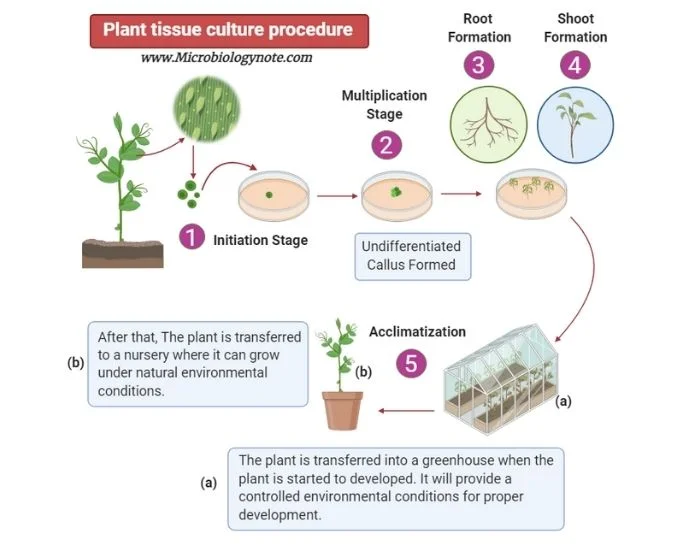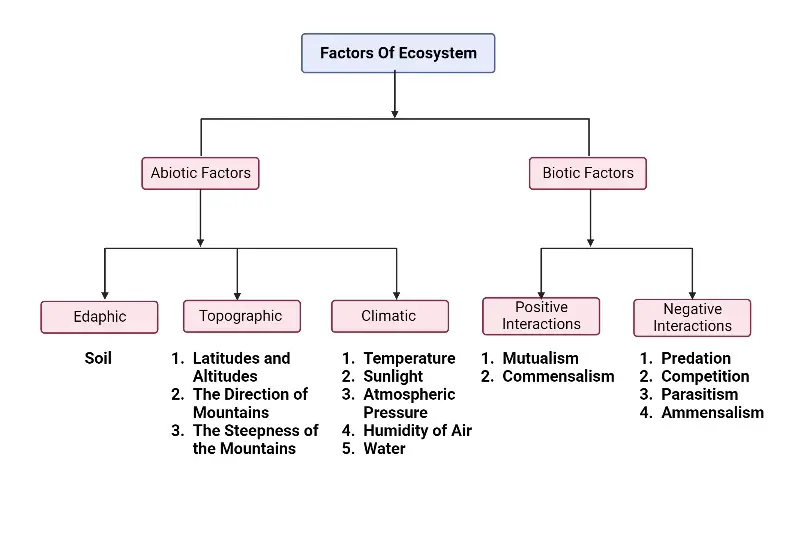Plant Tissue Culture – Definition, techniques, Media composition, types, application.
What is Plant Tissue Culture? Plant tissue culture Definition Plant tissue culture is a biotechnology technique that involves growing plant cells, tissues, or organs in a controlled, sterile environment on a nutrient medium. This method exploits the totipotency of plant cells, allowing for the rapid propagation of plants, production of disease-free specimens, and conservation of … Read more






